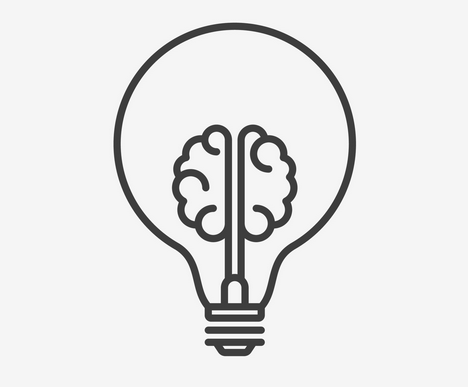What are the elements of cubism?
The Cubist style emphasized the flat, two-dimensional surface of the picture plane, rejecting the traditional techniques of perspective, foreshortening, modeling, and chiaroscuro and refuting time-honoured theories that art should imitate nature.
What are the 3 different styles of Cubism?
There are 3 types of Cubism
Cubism developed in three phases: First there was the Cezanian Cubism, then came Analytical Cubism and finally there was Synthetic Cubism.
What was the elements of Pablo Picasso?
But when you examine Pablo Picasso’s The Studio you see that it consists of nothing but elemental lines, shapes and colors. These are part of the seven basic elements of art and design: form, line, shape, color, texture, space, and value.
What is the style of Cubism?
Cubism was an innovative art movement pioneered by Pablo Picasso and Georges Braque. In Cubism, artists began to look at subjects in new ways in an effort to depict three-dimensions on a flat canvas. They would break up the subject into many different shapes and then repaint it from different angles.
What are the 2 main branch of Cubism?
There are two branches of the movement; Analytic Cubism and Synthetic cubism. The primary phase of cubism, which began in 1909 – 1912, was called Analytic Cubism it focused on reproducing geometric forms from the subject.
What are the 7 elements of art?
ELEMENTS OF ART: The visual components of color, form, line, shape, space, texture, and value.
What are the 2 distinct phases of cubism?
Cubism can be seen to have developed in two distinct phases: the initial and more austere analytical cubism, and a later phase of cubism known as synthetic cubism. Analytical cubism ran from 1908–12.
What techniques did Pablo Picasso use?
Picasso used drypoint combined with original print-making techniques, usually to produce lines of simplicity and expressive quality. In etching, a metal plate is covered with an acid-resistant ground, usually varnish, through which the image is drawn with a pointed tool, exposing the metal below.
How do you describe the distinct elements and principles of art?
The visual art terms separate into the elements and principles of art. The elements of art are color, form, line, shape, space, and texture. The principles of art are scale, proportion, unity, variety, rhythm, mass, shape, space, balance, volume, perspective, and depth.
